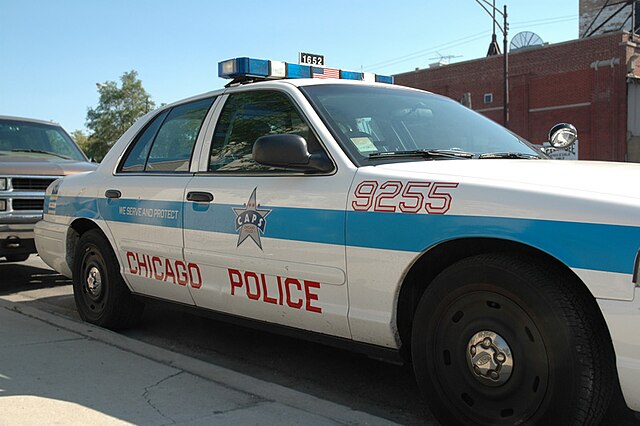









Chicago Police: Navigating Challenges and Community Relations
The Chicago Police Department (CPD) continues to face significant scrutiny amid rising crime rates and calls for police reform. As the department works to strengthen community ties, it grapples with its historical legacy and the complexities of modern policing.
The Historical Context of Policing in Chicago
- Legacy of Violence: Chicago has a long history of violence, often attributed to organized crime, gang activity, and systemic issues within law enforcement.
- Police Brutality: High-profile incidents of police brutality, such as the Laquan McDonald case, have led to widespread protests and demands for accountability.
- Reform Efforts: In response to public outcry, CPD has implemented various reforms aimed at increasing transparency and building trust with the community.
Community Relations: Building Bridges or Burning Bridges?
- Community Policing Initiatives: CPD has established community policing programs intended to foster relationships between officers and residents. These initiatives focus on local engagement, crime prevention, and promoting positive interactions.
- Public Perception: Despite efforts to improve relations, many Chicago residents remain skeptical about the police. Trust is often low, particularly in marginalized communities, where the legacy of mistrust persists.
- Engagement Through Technology: The use of technology, such as social media and community apps, has been leveraged to enhance communication between the police and the community. These platforms facilitate dialogue and provide a space for residents to share concerns.
Crime Trends and Policing Strategies
- Rising Crime Rates: In recent years, Chicago has experienced fluctuations in crime rates, with certain types of violent crime seeing increases. The reasons are multifaceted, including socioeconomic factors and the impacts of the COVID-19 pandemic.
- Data-Driven Policing: CPD has adopted data-driven approaches to target crime hotspots, aiming to allocate resources more effectively. However, the effectiveness of these strategies is often debated, with critics arguing they may lead to over-policing in certain neighborhoods.
- Focus on Gun Violence: Gun violence remains a pressing issue, prompting CPD to invest in specialized units focused on illegal firearms. This initiative has garnered mixed reviews regarding its effectiveness and community impact.
Accountability and Oversight
- Civilian Oversight: Chicago has established the Civilian Office of Police Accountability (COPA) to investigate complaints against officers. This move aims to increase transparency and accountability within the police force.
- Body Cameras: The mandatory use of body cameras by officers has been a significant step toward accountability. However, issues surrounding footage access and management remain points of contention.
- Community Accountability: Activists have called for more significant community involvement in policing oversight, advocating for citizen review boards that hold officers accountable for their actions.
The Role of Mental Health in Policing
- Crisis Intervention Teams: CPD has implemented mental health crisis intervention teams to respond to incidents involving individuals experiencing mental health crises. These teams aim to reduce the number of deadly encounters and promote a more compassionate approach to mental health.
- Training and Resources: Ongoing training for officers on mental health awareness is critical in ensuring appropriate responses. However, the adequacy of resources allocated for mental health training remains a concern.
The Future of Policing in Chicago
- Evolving Strategies: As Chicago navigates its complex landscape, the future of policing will likely involve evolving strategies that prioritize community engagement and public safety.
- Legislative Changes: Anticipated legislative changes at both local and state levels may impact policing practices, focusing on reform and accountability.
- Community-Centric Vision: The ultimate goal for CPD is to create a community-centric policing model that not only addresses crime but also fosters a sense of safety and trust among residents.
Conclusion: A Path Forward
The Chicago Police Department stands at a crossroads, facing challenges that require innovative solutions and a commitment to reform. As the department works to bridge the gap between law enforcement and the community, it must confront its past while striving for a future that promotes justice, equity, and public trust. The path forward will depend on the collaborative efforts of CPD, community members, and policymakers alike, ensuring that every voice is heard and valued in shaping the city's policing landscape.
